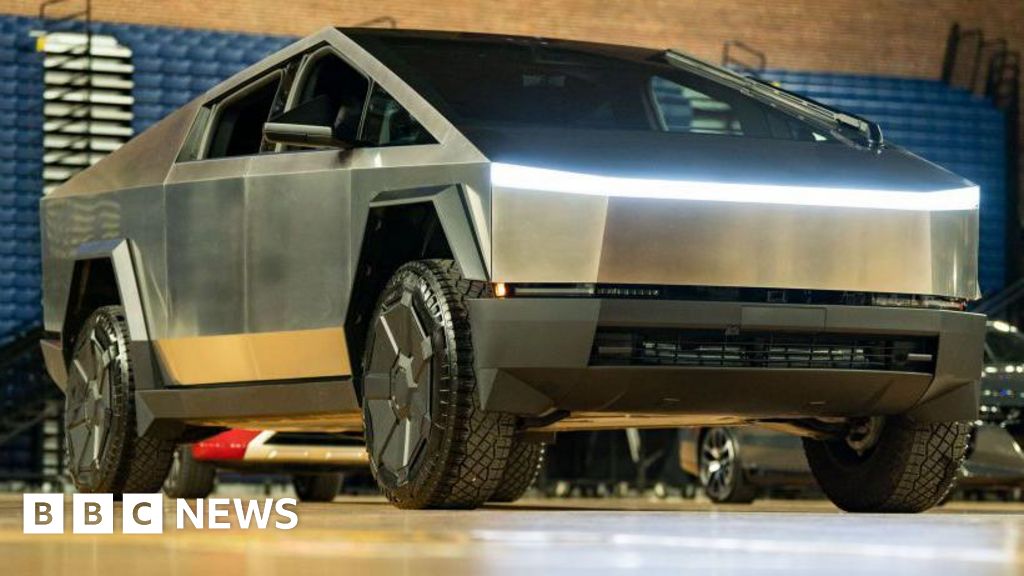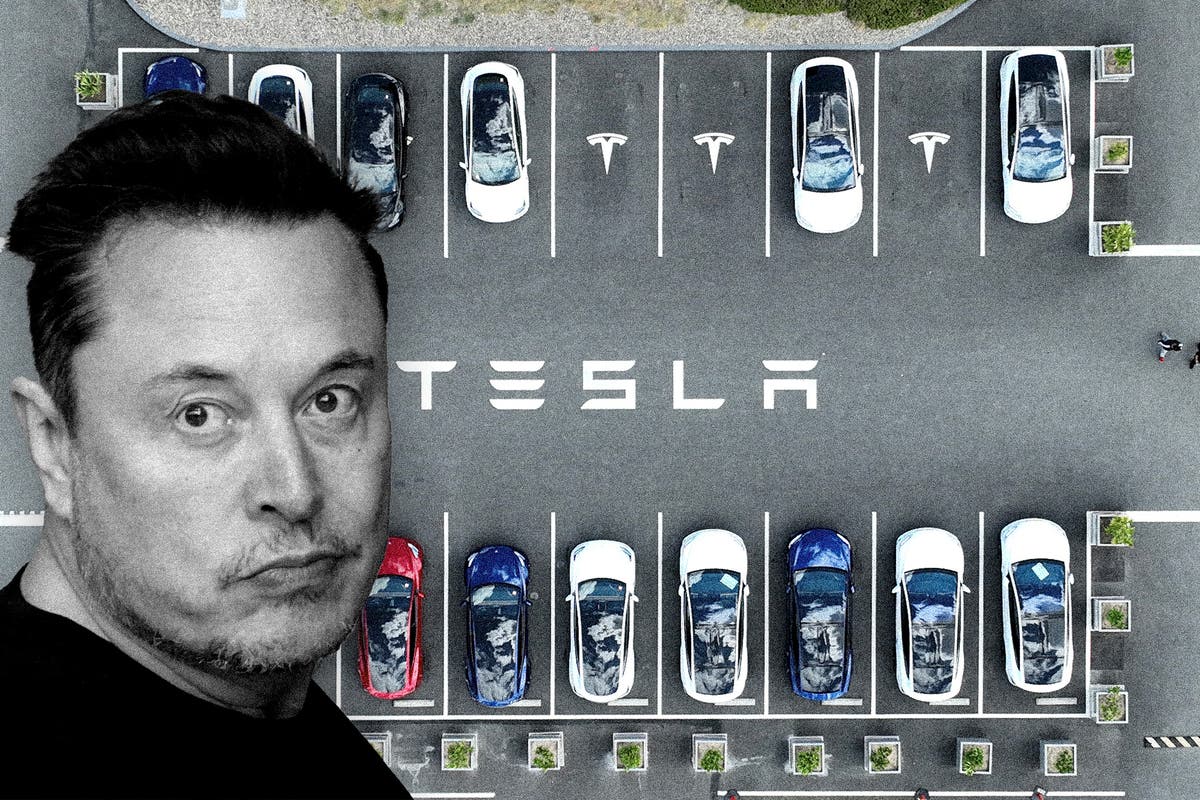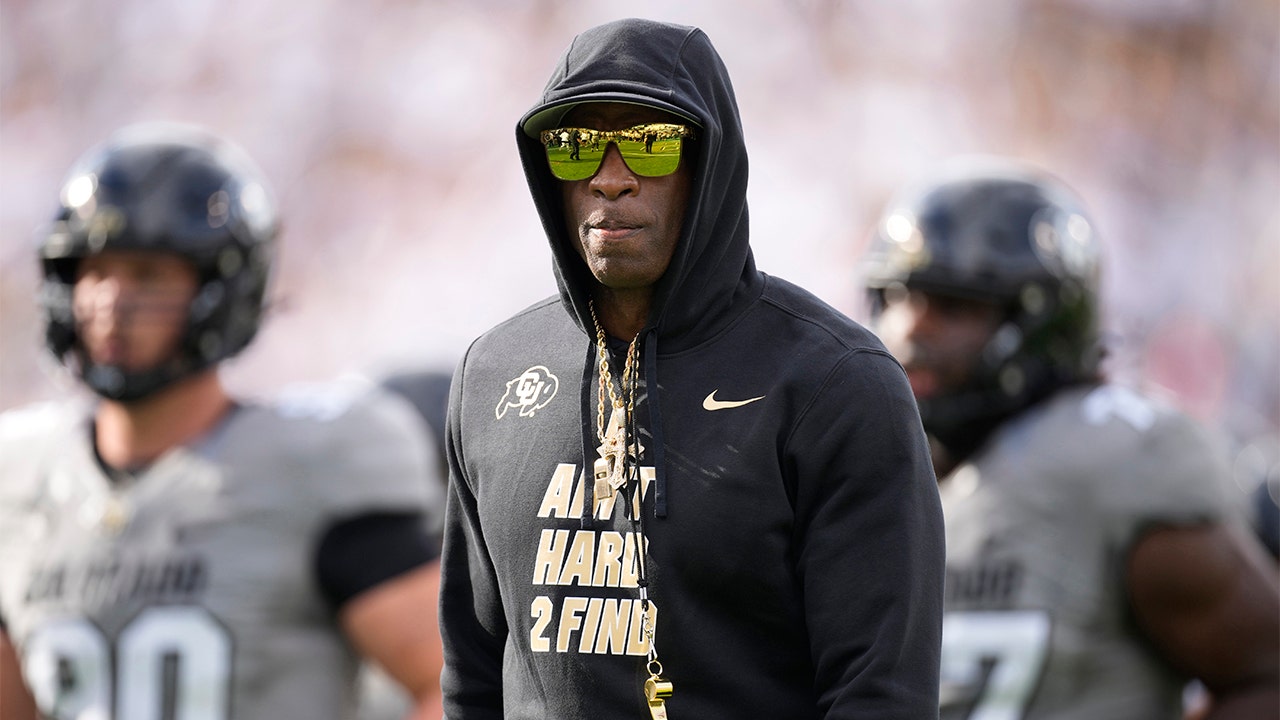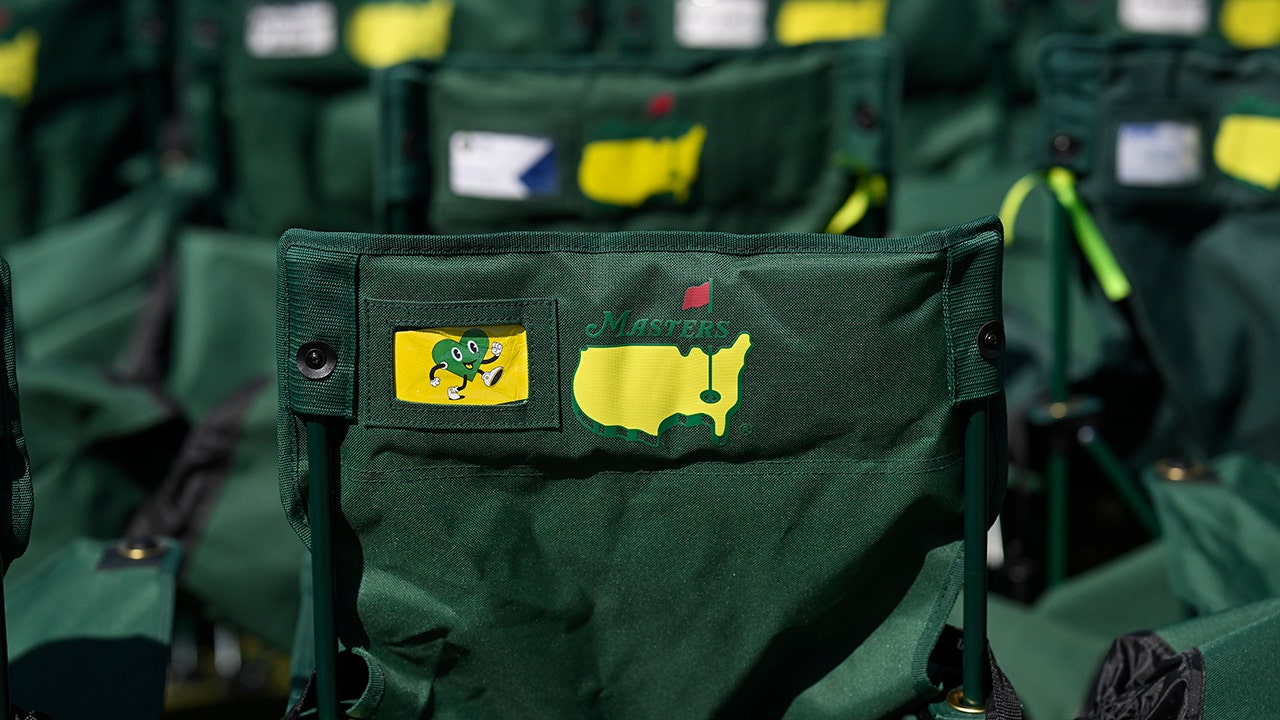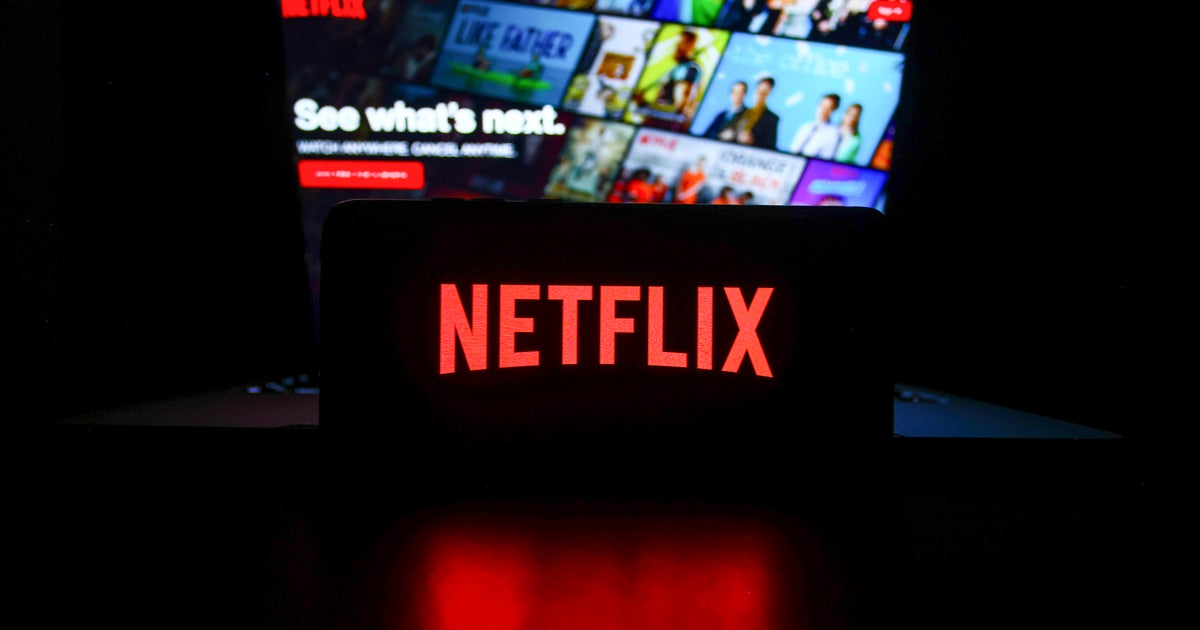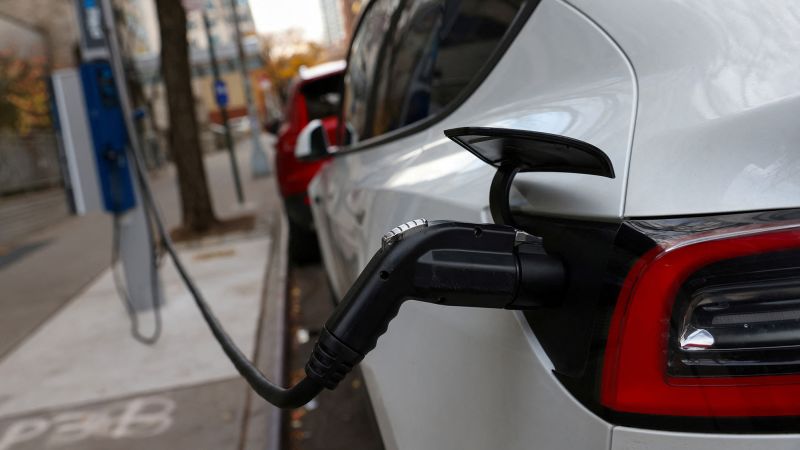London
CNN
—
When US President Joe Biden signed the Inflation Reduction Act into law, he enacted the biggest climate investment in American history — a landmark moment for a nation that pumps more carbon into the atmosphere than any country bar China.
“Our Department of Energy estimates that the new law will reduce emissions in the United States by about 1 billion tons in 2030, while unleashing a new era of clean-energy-powered economic growth,” Biden told world leaders at the UN’s COP27 climate summit in November.
But in directing roughly $370 billion in federal funding toward the rapid buildout of clean energy infrastructure, the United States has also kickstarted a global subsidies race, as world leaders claim the package unfairly favors American companies and say they have no choice but to respond with hefty incentives of their own.
Last week, the European Commission unveiled its Green Deal Industrial Plan, which will marshal more than $270 billion in existing funds toward cutting red tape and delivering tax breaks for net-zero investments. The package was discussed at a meeting of EU leaders this week.
Europe would push ahead with work “to allow for targeted, temporary and proportionate support to be deployed speedily, including via tax credits, in those sectors that are strategic for the green transition and are adversely impacted by foreign subsidies or high energy prices,” the EU leaders said in a statement on Friday.
Hundreds of billions of dollars in government funding could help countries meet emissions goals that otherwise look increasingly elusive. Yet the emergence of a tit-for-tat approach on green subsidies is also raising concerns about a new era of protectionism, fueling fears that competing industrial policies will fray global ties, hurt trade and reduce necessary collaboration.
Here’s what you need to know about the rivalry and its potential consequences.
Subsidies are monetary benefits awarded to companies that a government or public body wants to help, in theory because their work benefits the public or has strategic importance.
This can take the form of a tax break, a cash grant or loans at below-market rates. Even government procurement deals can function as subsidies if a government agency offers to pay extra for goods or services it could have acquired more cheaply elsewhere.
“The idea is governments can do something that the markets aren’t doing themselves,” said Stephanie Rickard, a political science professor at the London School of Economics and the author of “Spending to Win,” a book on subsidies. “Either there’s a technology that’s not being created or adopted, or there’s an industry that’s not growing at the rate it might be.”
Critics argue that governments, which have their own political motivations, aren’t good at picking winners and losers. But with the state taking a much bigger role in the economy since the pandemic, supporters say subsidies have a vital role in tackling the climate crisis. They also note that fossil fuel producers have benefited from them for decades.
One of the biggest hurdles in efforts to address climate change is the “green premium,” or the difference between what it costs to buy a product or service that uses clean energy versus one with heavy emissions.
This premium is expected to shrink as clean energy technologies become more advanced and infrastructure to produce them is scaled up. In the meantime, though, it’s dissuading businesses from choosing greener options, even when they’re available.
That’s where companies think government aid can help. They see it as a means to supercharge activity in the private sector and help bring costs down.
“Innovations need that push in the beginning,” said Nils Aldag, CEO of Sunfire, a German company that builds technology for producing green hydrogen. “They need that market opening.”
Most of the money the IRA has earmarked for clean energy initiatives comes in the form of tax credits. An estimated $43 billion is available for consumers and $216 billion for corporations, according to McKinsey.
American households can now claim a credit of up to $2,000 for installing an electric heat pump, for example. A credit of up to $7,500 is available for the purchase of a new electric vehicle — though this may require the rewiring of supply chains, given coming stipulations that eligible vehicles need be built in North America, with batteries and components also from North America. There’s $2 billion in grants included to expand domestic manufacturing capacity as demand grows.
The law also gives generous tax incentives to businesses that invest in green energy projects, from wind and solar farms to facilities for battery storage and producing renewable hydrogen. Companies have already announced at least $40 billion in capital investment for such projects, along with 20 new facilities or facility expansions, according to the American Clean Power Association, an industry group.
Leaders in Europe have applauded renewed US leadership on climate, but have complained that the IRA is “super aggressive” and even discriminatory. They fear the IRA is tempting green energy businesses from their countries to invest in the United States instead of in their home markets, resulting in a loss of expertise, jobs and tax revenue. Domestic firms that stay put could fall behind as American companies leverage subsidies to quickly ramp up operations.
“A lot of investors are asking us why we are keeping our operations here,” said Heike Freund, chief operating officer at Marvel Fusion, a German startup developing technology to produce clean energy from fusion power.
The European Union has also argued that the IRA’s conditions on tax credits for electric cars violate World Trade Organization rules.
“This nationalistic approach when it comes to the local content requirements in the Inflation Reduction Act is what generates the tension,” said Simone Tagliapietra, a senior fellow at the Bruegel think tank in Brussels.
While the European Union’s outcry has been the loudest, it’s not the only worried party. The United Kingdom, South Korea and Japan have also raised concerns.
One challenge for European leaders is how to loosen rules on state aid without creating a new competition for subsidies between member states. That could weaken a core pillar of Europe’s vast internal market.
In the meantime, government officials are lobbying the United States to rethink parts of the IRA.
“There is still a fair chance to reach agreements that will allow European industry to participate [in], and not be excluded from, the Inflation Reduction Act,” German Economy Minister Robert Habeck told reporters during a visit to Washington this week with French Finance Minister Bruno Le Maire.
The White House, for its part, emphasizes that the IRA will benefit all countries by reducing the cost of green technologies. It says talks with foreign partners are ongoing.
“Europe and other allied countries have nothing to fear from the Inflation Reduction Act and quite a bit to gain,” said Brian Deese, Biden’s top economic adviser.
While greater funding for clean energy production and green technologies is essential, a fight over subsidies runs the risk of focusing too much on geography and not enough on the bigger picture.
If a gigafactory that would have been built in Germany is simply stood up in South Carolina instead, that doesn’t make the world more likely to hit its emissions targets, said Aaron Cosbey, a senior associate at the International Institute for Sustainable Development.
The fight over green subsidies also comes as geopolitical tensions are pushing countries to focus on greater localization of production — not just for green energy, but also for sensitive technologies like computer chips. China’s subsidies for net-zero sectors “have long been twice as high as those in the EU” relative to the size of the economy, the European Commission said when outlining its new industrial plan.
This could accelerate the remaking of supply chains and the global economy over the long term, as national interests trump commitments to open markets.
Ngozi Okonjo-Iweala, the director-general of the WTO, has warned against this shift, arguing that a subsidy arms race could damage global trade at a moment when it’s needed to spur growth.
“Let’s not make it [a subsidy war] a reality because of the cost to the global economy,” Okonjo-Iweala told CNN’s Richard Quest in January.
— Ella Nilsen contributed reporting.






